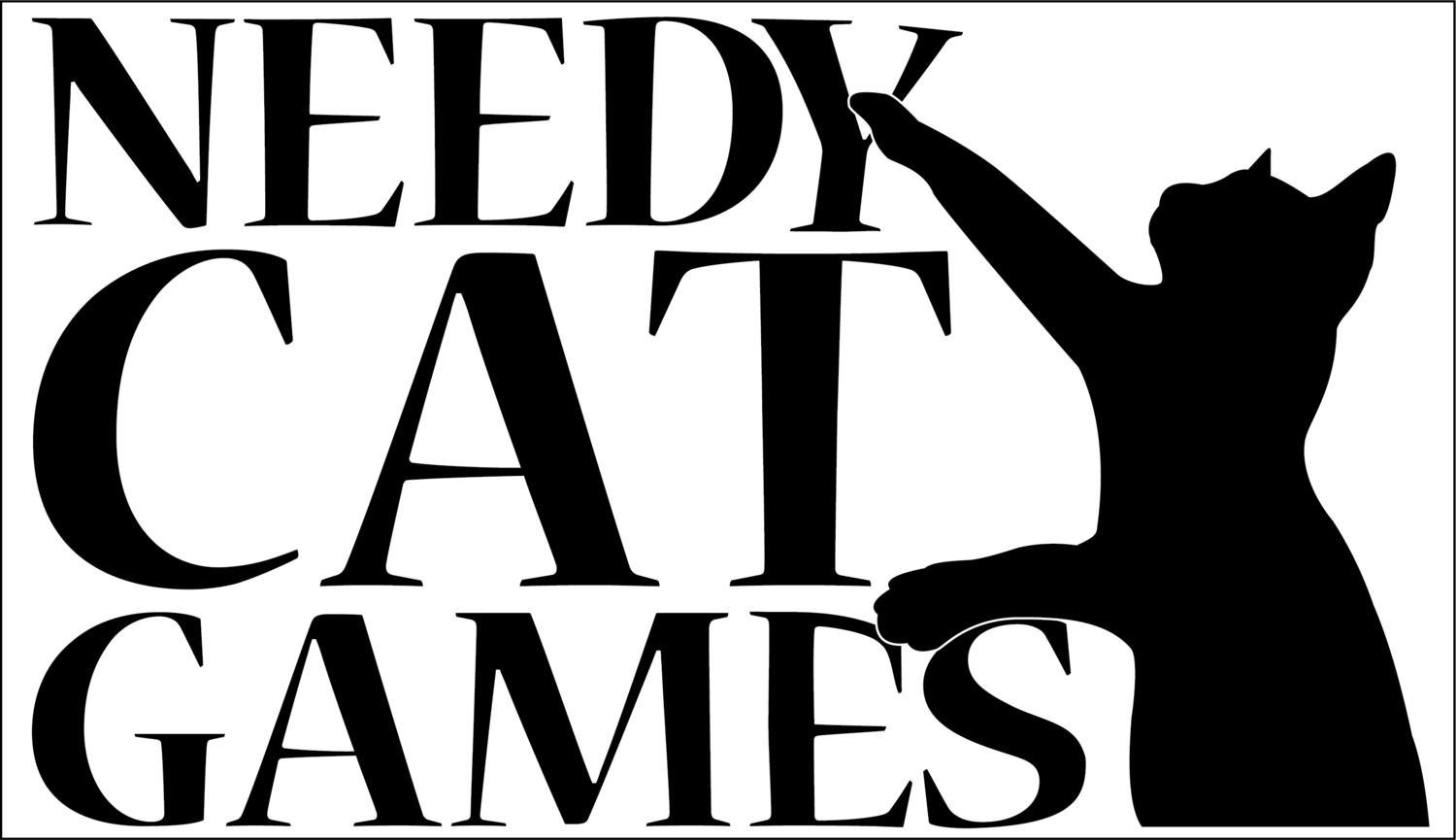I was recently put in touch with a friend of a friend who wants to design his first tabletop game, and needed help with taking the first steps. He had a concept that had been forming in his head for a few months, and was starting to get some solid ideas about how the game would play, but that was it.
So I told him what I tell everyone else who asks me this question: get it out of your head and onto the table, as quickly as you can!
Starting a new design can be a daunting prospect, because in your mind you’re always going to compare it - however subconsciously - to all the finished games you know. One of the most common issues I see among new designers is the notion that they can’t start until they’ve thought of everything, or that they can’t try the game out until they’ve written all the rules down. This is rubbish, and it’s one of the best ways to run out of steam on a project before you’ve even really started.
Apologies to the elephant, who does not look at all pleased to be illustrating this expression.
The best thing you can do when you first start designing a game is to make a very, very rough prototype and try to play it. Don’t worry about writing all the rules down - just make some rough notes, use some shorthand if you like, and add placeholders (“if two pieces are in the same place there will probably be a fancy rule for what happens, but for now just dice off and remove the loser”). If you need a board, sketch one on a sheet of A3 paper. If you need cards, cut up some paper into roughly card-sized pieces. Use coins, spare components from other games, bits of paper or anything else for playing pieces, resource markers or whatever you need. It doesn’t need to be pretty.
In fact, I’ll go one further than that. It mustn’t be pretty.
Think of it this way - at this stage, you’re just trying to solidify the notion of what the game will be. You’ll have some ideas that just won’t work on the table. Other ideas will come to you as you start playing. The key point is that nothing you do here is in any way permanent! One of the most important skills in game design (or any creative endeavour) is recognising when an element doesn’t work, and not being afraid to rip it out. The more work you’ve put into that element, the harder it’ll be - so, especially at this early stage, it’s utterly vital that you spend as little time as possible on each individual part of the game.
An early test prototype for a game that Sophie’s working on. We’re lucky enough to have various components lying around, so even this looks a lot tidier than it needs to!
Once you’ve got your naff-looking, ugly prototype, start playing. Don’t worry about “how the game begins”, or “how you win”, or any big-picture stuff at this stage. Just think about the interactions of the pieces and the players, and get a feel for how your ideas translate to the table. If you play games, you’ll instinctively know whether something works. If something doesn’t work, tweak it (which, because you’ve spent so little time on your prototype, will probably be as easy as adding something, taking something away or scribbling a change onto something) and try again. Then try playing it again. Eventually ideas will start to link up, systems will emerge and with any luck you’ll have a framework on which to build your game.
This process - play, tweak, repeat - is at the heart of game design. A lot of people think that designing a game means writing a load of rules into a document, but that’s actually something that comes way later in the process. If you want to design games, you need to get used to the idea of setting something out, trying it, changing it and setting it out again.
Give it a go. If there’s an idea for a game that’s rattling around inside your head, give yourself an hour (constraints are helpful!) to turn it into something you can try out. Let us know how you get on in the comments!



